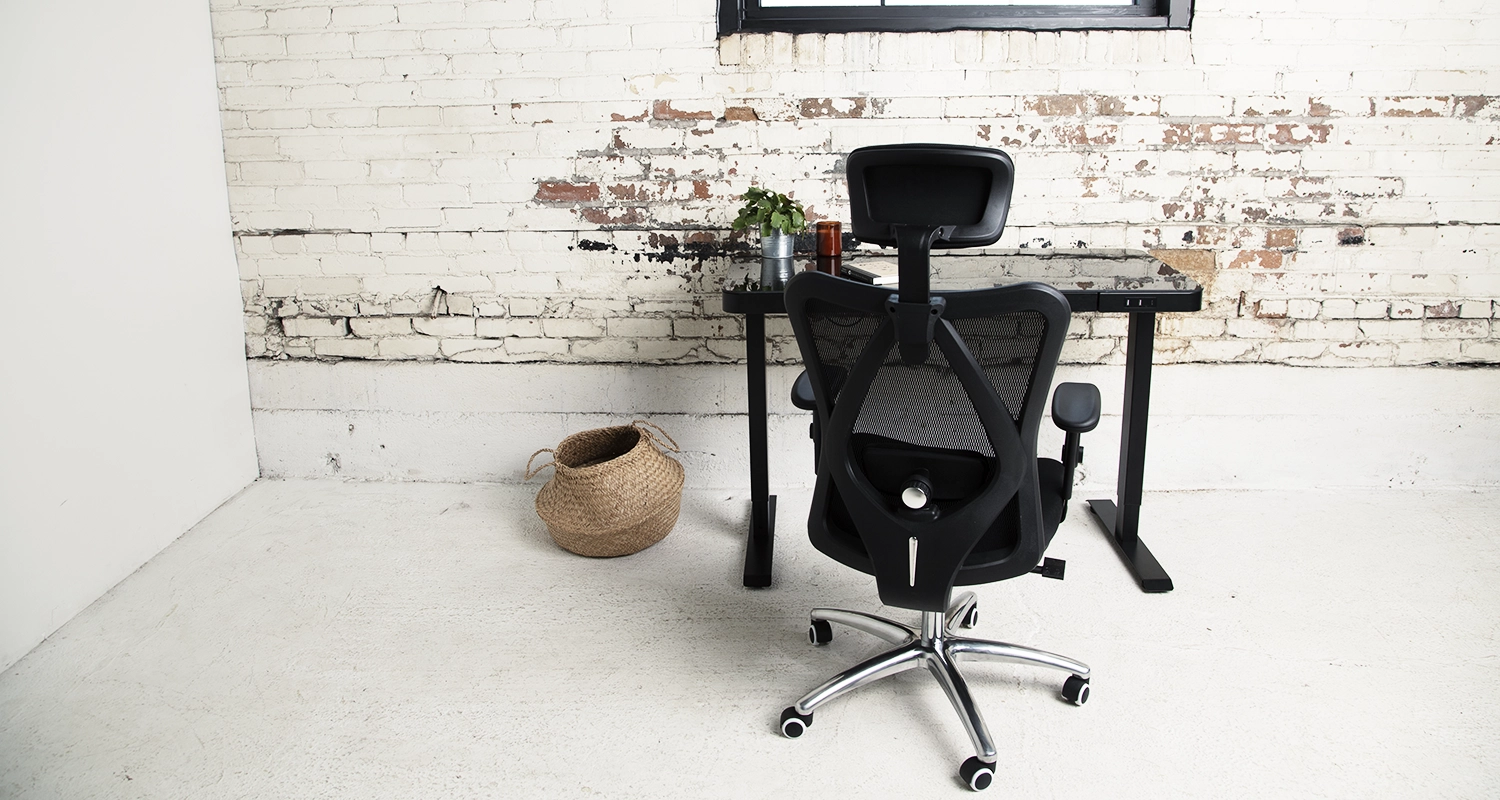
Get a new desk or chair for your work from home setup

Staying on top of every project, task, and detail can be a challenge. However, productivity can be improved by improving just a few key skills. From procrastination to poor organizational methods, workplace productivity is impacted by a multitude of factors. Regardless, you’re not alone in this struggle! Difficulties with work place productivity effect people across the board. Fortunately, your productivity can be improved by implementing these seven productivity improvement techniques!
The Pomodoro Technique is a productivity improvement technique that focuses on time management. Poor time management skills typically go hand in hand with reduced workplace productivity. The technique relies on the idea that viewing tasks in the time frame of the entire work day actually inhibits productivity. Thus, the technique forces you to work in small time increments. Let’s break it down!
The Pomodoro Technique is a highly effective productivity improvement technique because it combats procrastination. The technique breaks up the day into short increments and positions you to commit to a singular task. It also breaks up big projects into approachable tasks. Consequently, you achieve greater productivity.
This is a popular productivity improvement technique for the visual learner. The method relies on visual workflow cues that help you conceptualize a project’s completion. Many project management software systems are founded from this technique. Here’s how it works!
This technique allows you to see the components of a project that need to be done, and gives you a tangible list of tasks to complete. It also allows you to prioritize tasks as it relates to the completion of the project. This technique is great for people who need to visualize projects before they can decide where to start.
The name may sound strange, but this technique is made for the procrastinator. The methodology behind it has to do with why we procrastinate. The theory is that procrastination does not necessarily stem from laziness or ineptness, but rather, the desire to avoid negative feelings. Therefore, by “eating the frog,” you get the most difficult task out of the way first. Additionally, you are prioritizing important and necessary tasks.
Getting the most important/difficult task out of the way first means you don’t put it off. Subsequently, it also means you don’t spend all day dreading it. The key in this productivity improvement technique is being able to identify your frog. The next key is having the willpower to complete your most difficult task. This method not only helps with procrastination, but it also helps with prioritization skills.
Time management is crucial to workplace productivity. Time blocking is a technique that provides more structure for people who may struggle with time management. It helps with the challenge of prioritization tasks efficiently. Productivity can be improved by this technique because it creates a structured guideline for what task you should be working on and for how long. This is how it works:
This technique creates a clear and concise way to visualize the work you need to get done, how much time you spend working on each task, and when you will start working on the task. Productivity can be improved by using the time blocking technique to give yourself structure and clarity.
The Eisenhower Matrix technique is a method that improves organization and prioritization skills. This technique is aptly named after the 34th U.S. president, who was well known for productivity and organization. The Eisenhower Matrix technique is a prioritization method that allows you to prioritize tasks as they relate to the bigger picture. It’s based on the idea that oftentimes you can find yourself busy, yet the tasks you are busy with aren’t actually serving your larger goals. Working in this manner is time consuming, draining, and ultimately unproductive. Here’s how the Eisenhower Matrix technique can improve productivity:
This method helps visualize projects in context to your larger goals. With this productivity improvement technique you can prioritize tasks and then complete them in order of importance. This methodology also allows you to trim off excess tasks that aren’t contributing to your overarching goals.
A productivity method called ‘Getting Things Done’ seems pretty straight forward. However, it’s one of the more complex techniques. David Allen, a renowned productivity consultant, came up with the technique in his book ‘Getting Things Done: The Art of Stress Free Productivity.’ The concept is founded on the idea that many people just have too much going on inside their heads. From work to personal life, there’s a lot to think about and it can be challenging to sort through all the information to determine what needs to be done. Incomes the Getting Things Done productivity improvement technique! This technique involves the following five steps:
This process is for the person with a cluttered brain and entirely too much going on at once. It’s a mental filtering system that ensures that all the important pressing needs are being met, and unimportant clutter is discarded. This technique, much like any habit, needs to be done consistently in order to work effectively.
While all of these productivity techniques take a different approach to improving productivity, they all rely on accountability. Productivity can be improved by improving accountability. Accountability means accepting responsibility and ownership over your own actions. In the context of workplace productivity, this means committing to your productivity goals and doing what you say you’re going to do. However, this can be challenging at times. Below are 5 ways to incorporate accountability into your productivity improvement techniques.
Identify what areas of productivity you struggle with and then find a productivity improvement technique that addresses it. Do you procrastinate tasks until the last minute? Do you have a hard time identifying which tasks are most important? Or do you find that you are so overwhelmed with information and thoughts that you can’t get anything done? Whatever the case may be, productivity can be improved by one or a combination of these methods. So try them out and watch your productivity soar!
Learn More
Learn More
Contact Us
Read Story
Sign up for our newsletter to get
updates straight to your inbox.
We’re Here To Help
Available Monday through Friday, 9am to 6pm EST.
Learn More
Learn More
Contact Us
Read Story